Despite being continents apart, the Philippines and Mexico share many things in common– culture, language and food!
Both countries were colonized by Spain. At one time, the Philippines was even governed from Acapulco thanks to the galleon trade that started in the 15th century and lasted for 250 years. The Manila-Acapulco trade route not only linked the two countries but more importantly, allowed artisanal goods and valuable spices from Asia to reach Europe and the Americas without having to go through the old Silk Road. Talk about making goods more accessible!
Today, the connections continue. Both countries continue to embark on a mission to make their cities more liveable, just and sustainable in the best way possible through la comida!
Greenpeace Philippines and Greenpeace Mexico are hard at work to fix their broken food systems to make it efficient, inclusive and responsive to the needs of people. This means shorter food chains that directly link farmers with urban dwellers, and empowering communities to build more local and resilient economies. Clearly, there is a need to increase city folks’ access to local and ecologically-produced food (free from chemical pesticides and GMOs), preferably sold in reusable packaging to avoid waste generated by single-use plastics. We now have the opportunity to build back better and transform our cities especially after Covid-19 to strengthen our resilience to future pandemics and other crises, including the climate emergency.
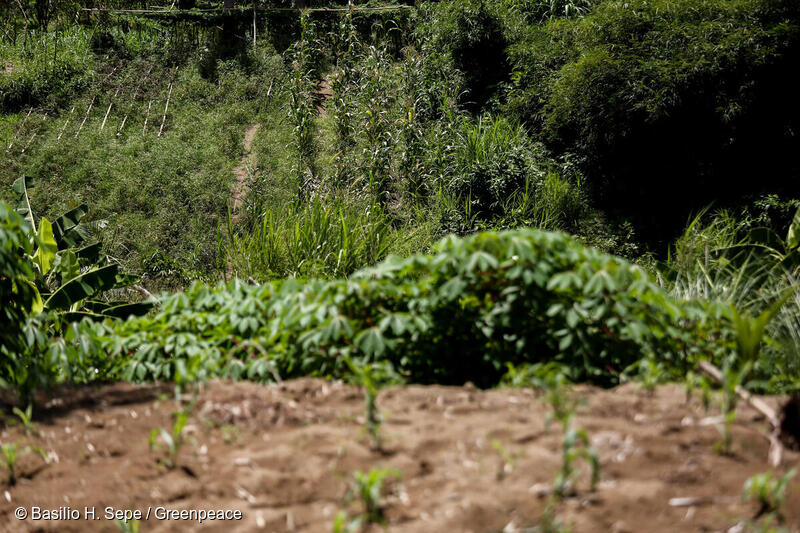
What seem like small actions are crucial for mitigating and adapting to climate change, for example, reducing greenhouse gases emissions (GHG) and caring for the soil, water and biodiversity. Greenpeace Mexico has launched a Responsible Consumption campaign to promote a new, sustainable and fair lifestyle to reduce overconsumption, essential to curb climate change. According to the United Nations Environment Program (UNEP), the consumption of food from agriculture and industrial livestock has serious implications to the environment and currently in Mexico, 15% of GHG emissions come from this sector.
The project, which has been possible thanks to the hard work of Greenpeace Mexico’s volunteers, encourages people to start growing their own food in their own communities, in urban gardens or to buy it directly from local producers at farmers or local markets. This connects consumers to know where their food comes from, how it is produced and by whom.
In Toluca, Mexico City and Xalapa, the power of the people is at work. Collective initiatives of responsible consumption and people have organized themselves to offer consumption alternatives with agro-ecological and plastic-free foods to consumers in cities. In Toluca and Xalapa, coalitions are working hard to lobby and organize new farmers markets before the end of the year, with the aim of showcasing locally produced goods that are sourced within a 100 km radius. These coalitions also seek to promote products that are representative of the local culture and to preserve the agrobiodiversity of the area. In Mexico City, Greenpeace Mexico and organizers of local markets are working to be able to occupy public spaces to sell local products at fair prices to other parts of the city not easily reached.
And the people power is working. In December 2020, a presidential decree prohibited the use of GMO corn as well as the phasing out of glyphosate by 2024 in Mexico. The protection of agrobiodiversity and the development of local models, based on traditional varieties and allow us to combat climate change and produce healthy and sustainable food. Food sovereignty allows people to freely choose how and what to plant, so they become more conscious about it, and be independent from large multinational corporations that control the way food is produced.
In the Philippines, at the time when the city has become less livable due to the Covid-19 pandemic, an ordinary citizen from Metro Manila decided to feed the hungry and those hardest hit by the lockdowns. Patricia Non set up a community food pantry along Maginhawa Street, an area known for good food. On a simple wooden table, those who were hungry could take whatever food they needed, given by Patricia and her friends. Her initiative was replicated all over the country, with generous donors hosting their own food pantries, or donating to other pantries, to provide food for people in need. Community pantries have since become a social phenomenon and showed how to address urban justice, even challenging the prevailing narrative of the poor’s dependency to dole handouts.
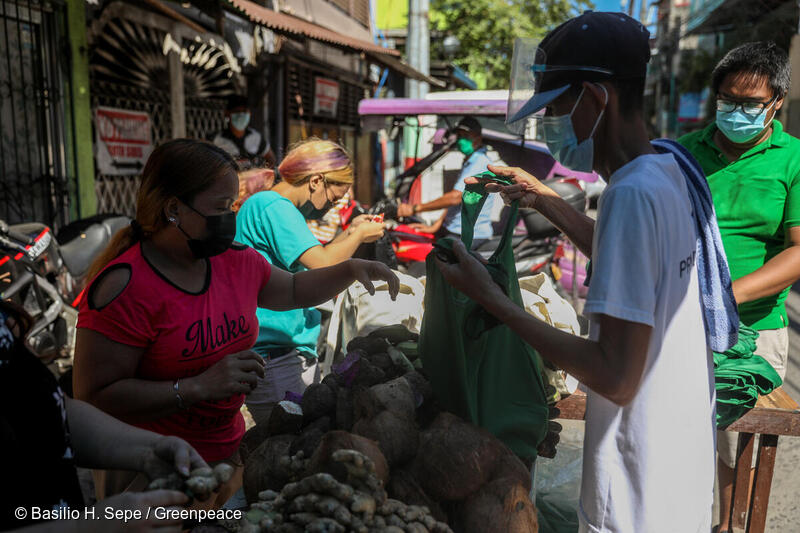
Inspired by the Maginhawa Food Pantry, Greenpeace Philippines initiated a rapid response project “Upscaling Community Pantries for A Better Normal”. They partnered with a farmers and fisherfolks federation (PAKISAMA) to support 17 community pantries, even tapping an Indigenous farming community to supply organic fruits and vegetables. This illustrated the viability and value of shorter food supply chains- linking directly producers with consumers.
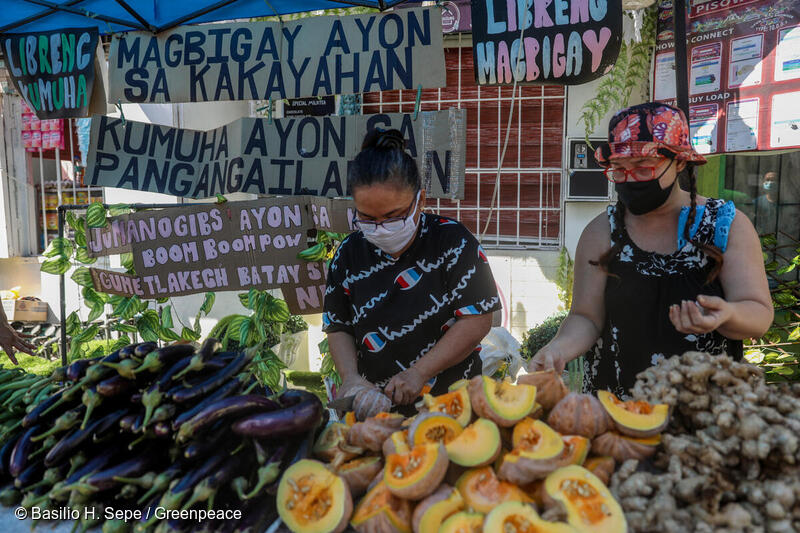
Meanwhile, Greenpeace Philippines was able to provide a platform for youth leaders and owners of small and medium enterprises to share their stories, experiences and challenges of organizing community pantries. Now, there are ongoing discussions among local policy makers and the public on the importance of citizen-led initiatives like the community pantries which are now part of Greenpeace Philippines’ Solutions for Better Cities Map under the Climate and Pandemic Response Portal.
For both Philippines and Mexico, transforming food systems and ultimately, communities, goes beyond health and social justice but also is about showing how ordinary citizens around the world can do extraordinary things. Taking steps to protect people and the planet won’t only save time and money compared to continued inaction or false solutions; these actions will also save lives and empower communities.


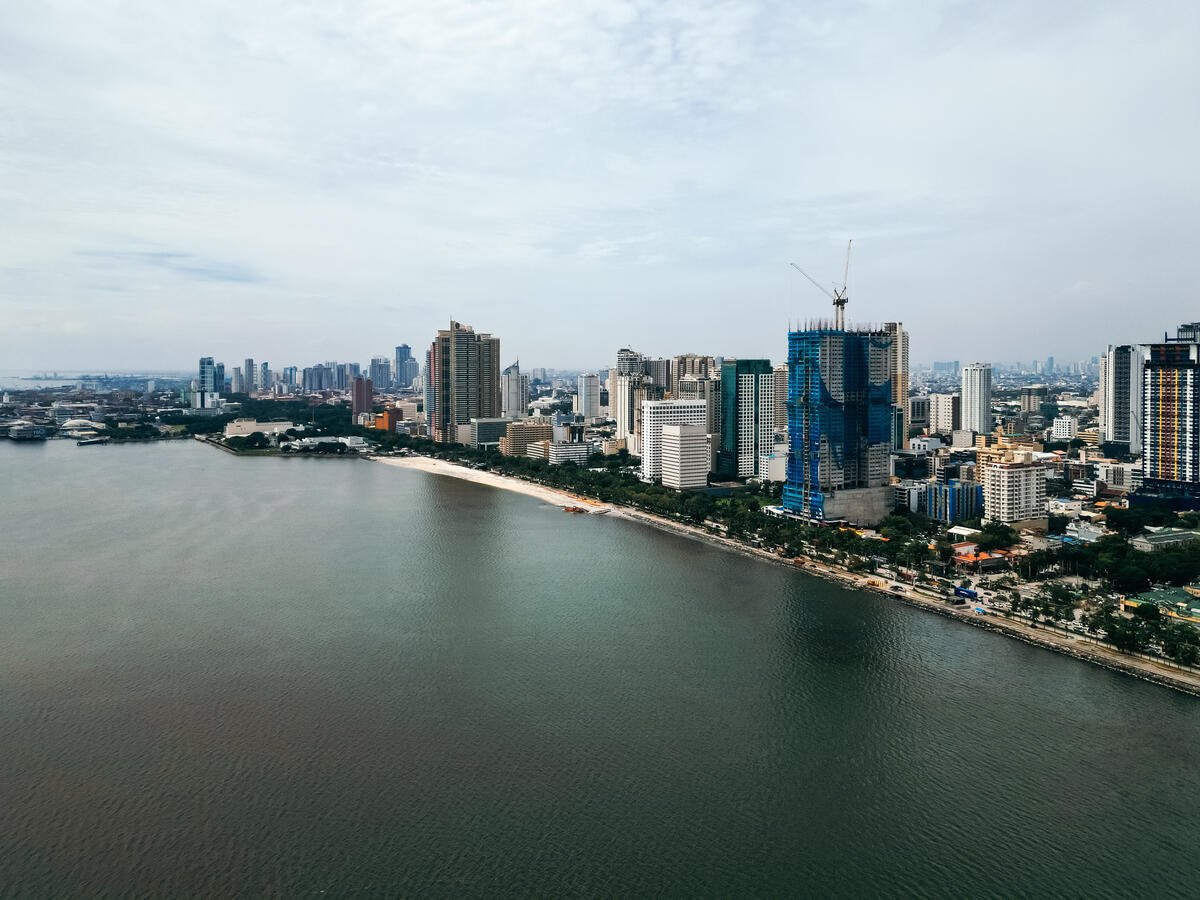
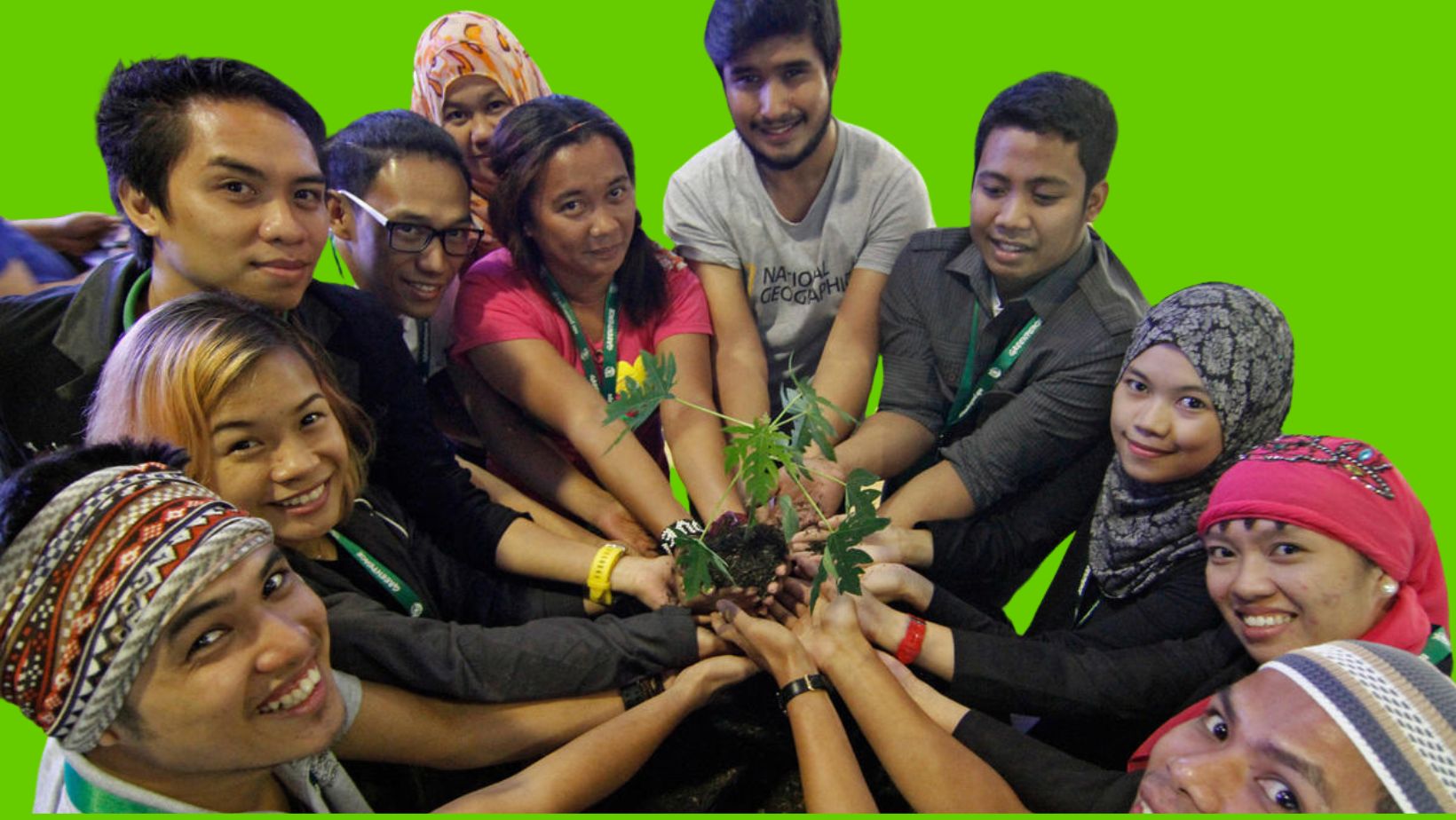
Discussion
Good informative article will be visiting friends in the Phillipines in April will share.